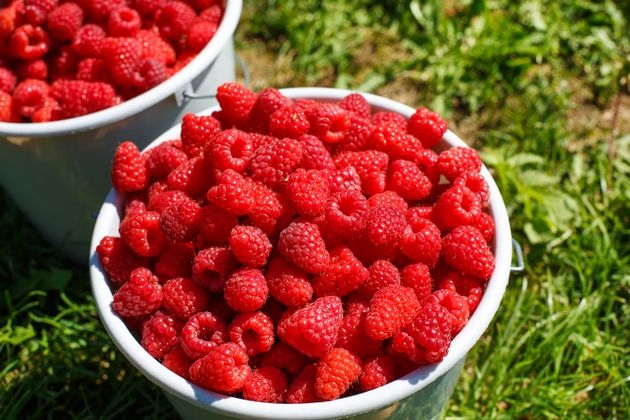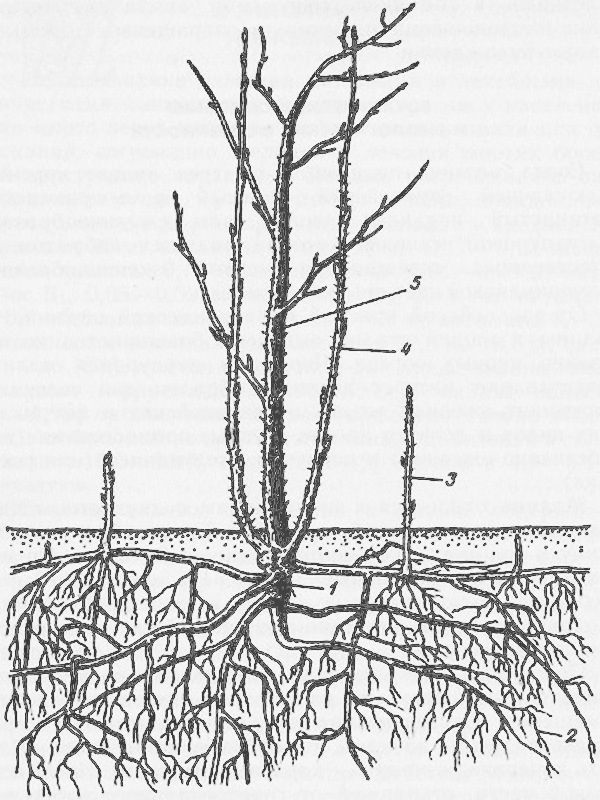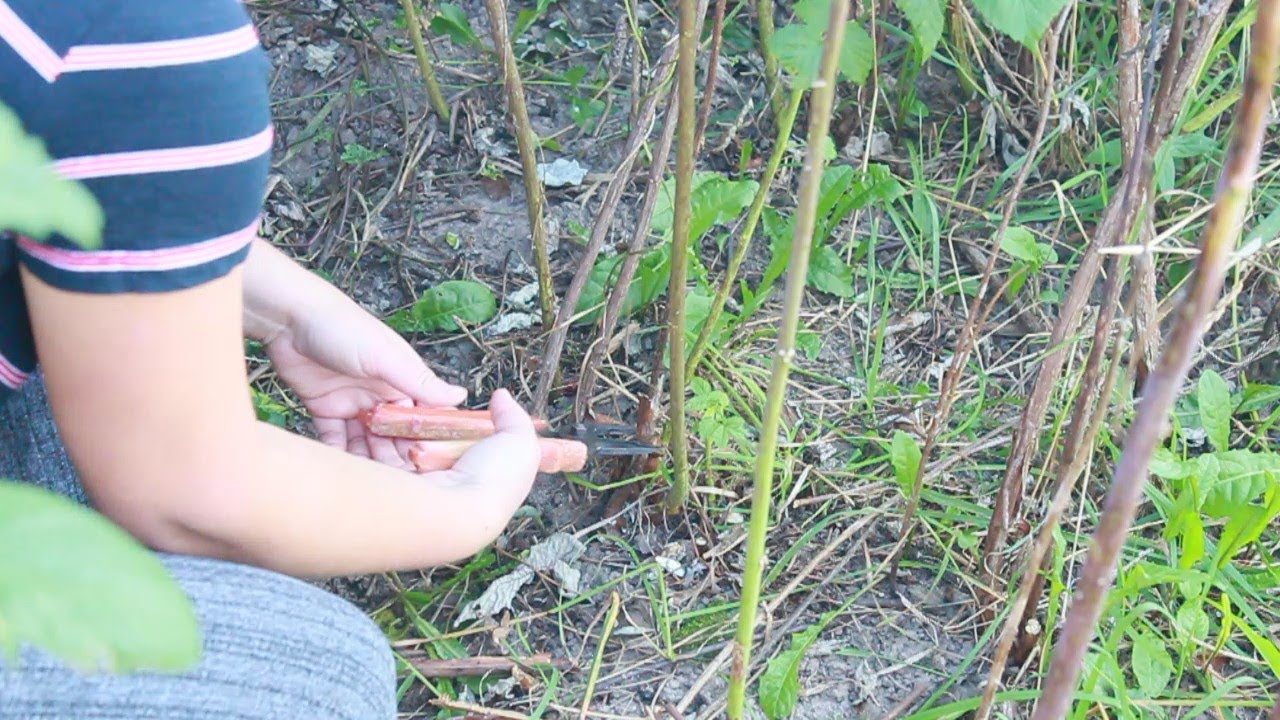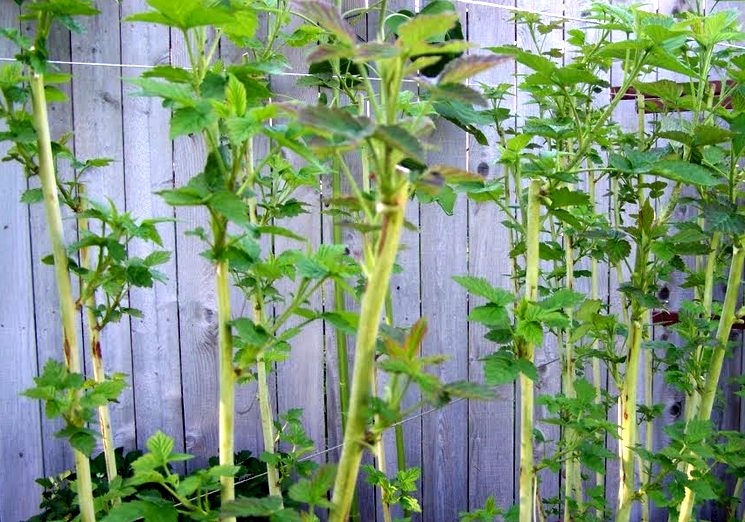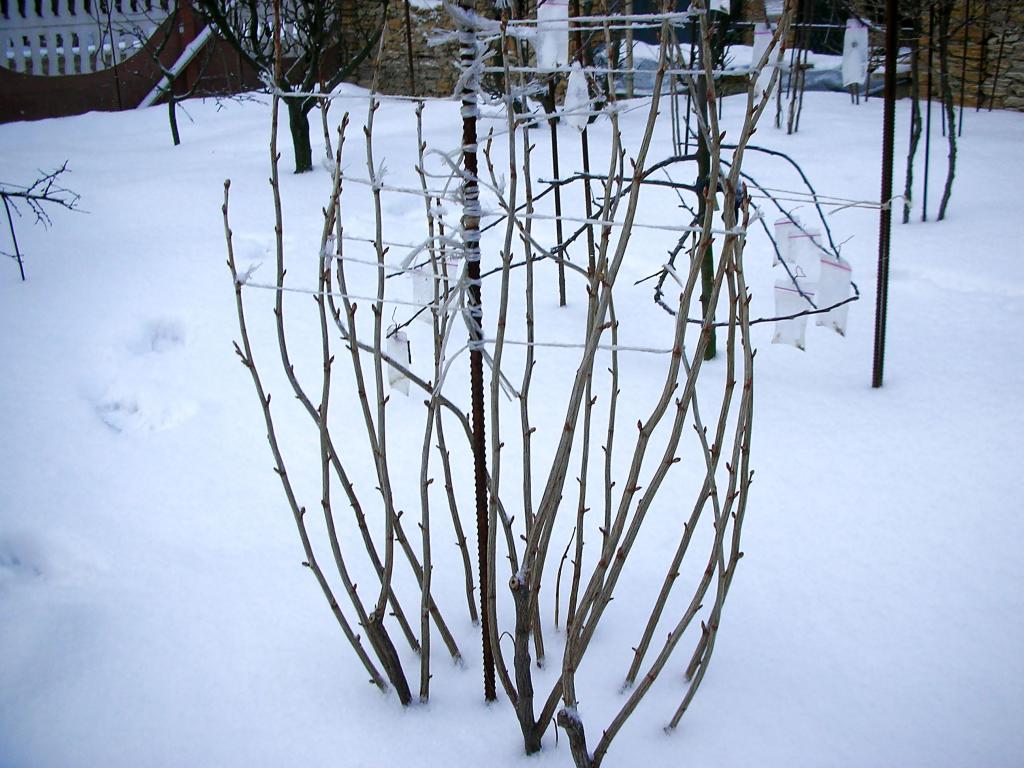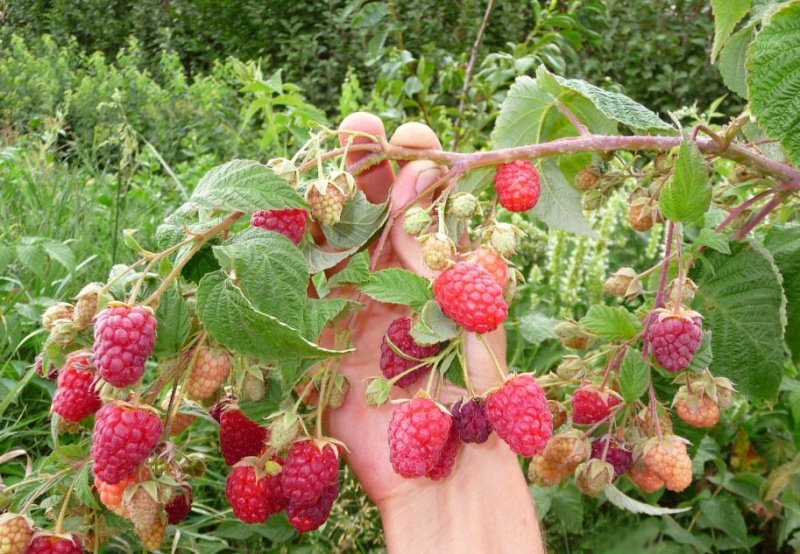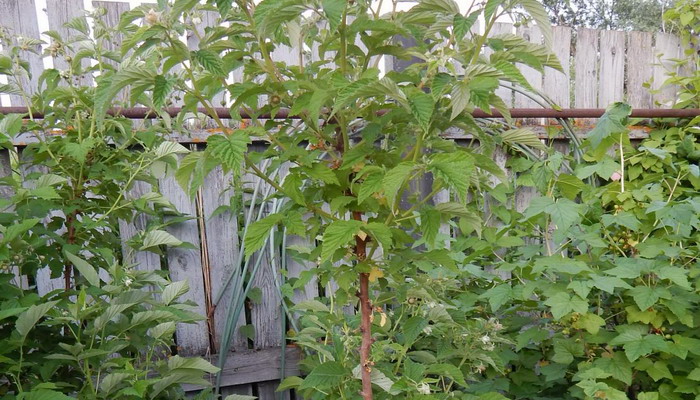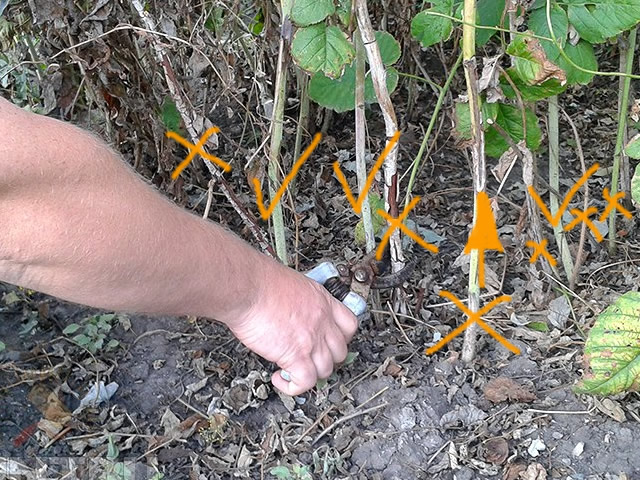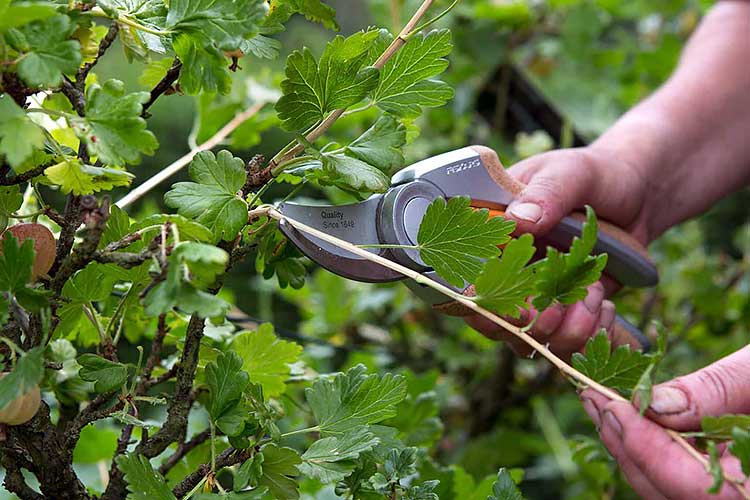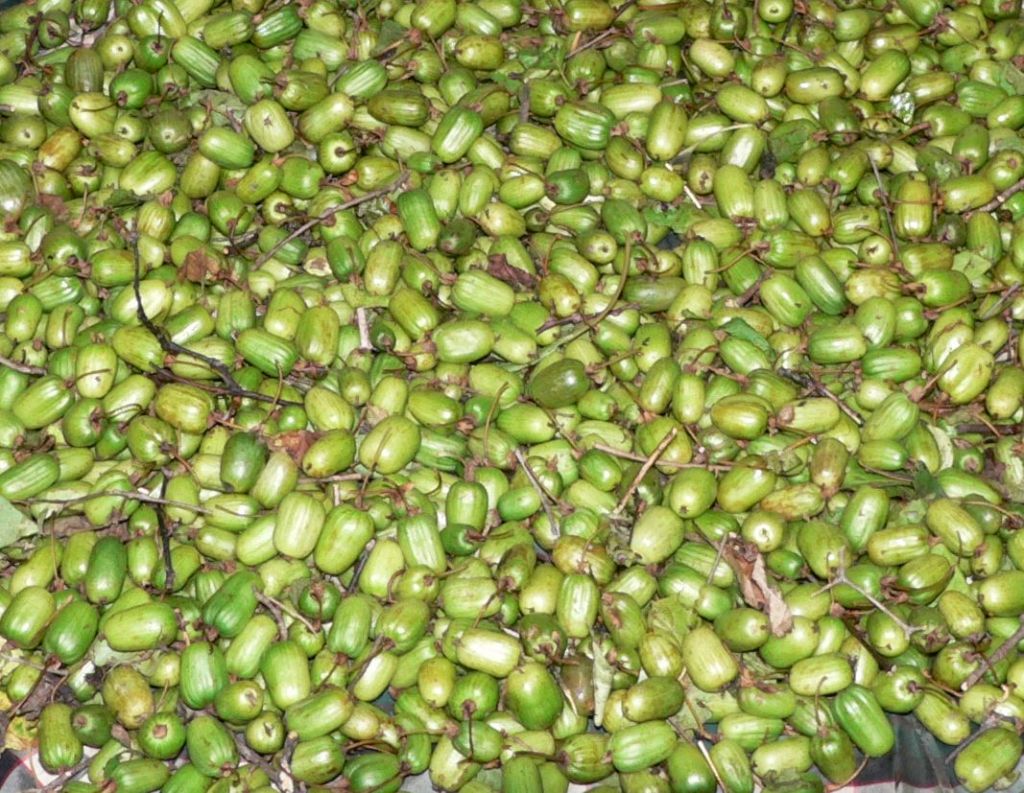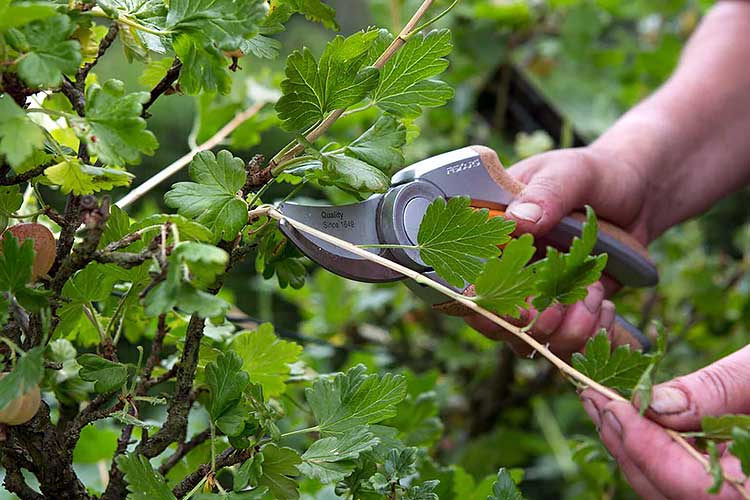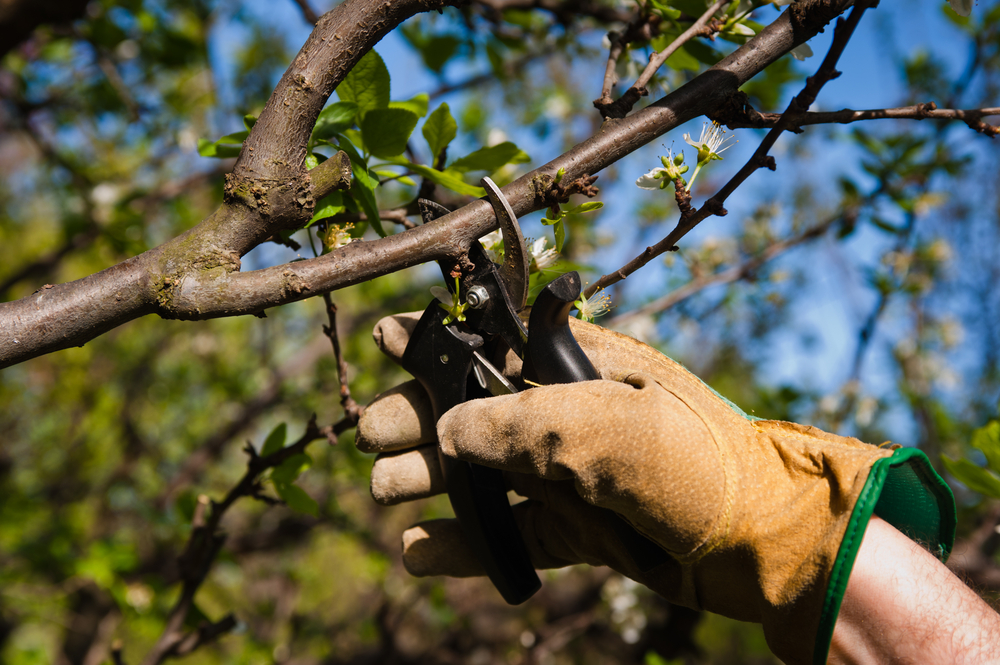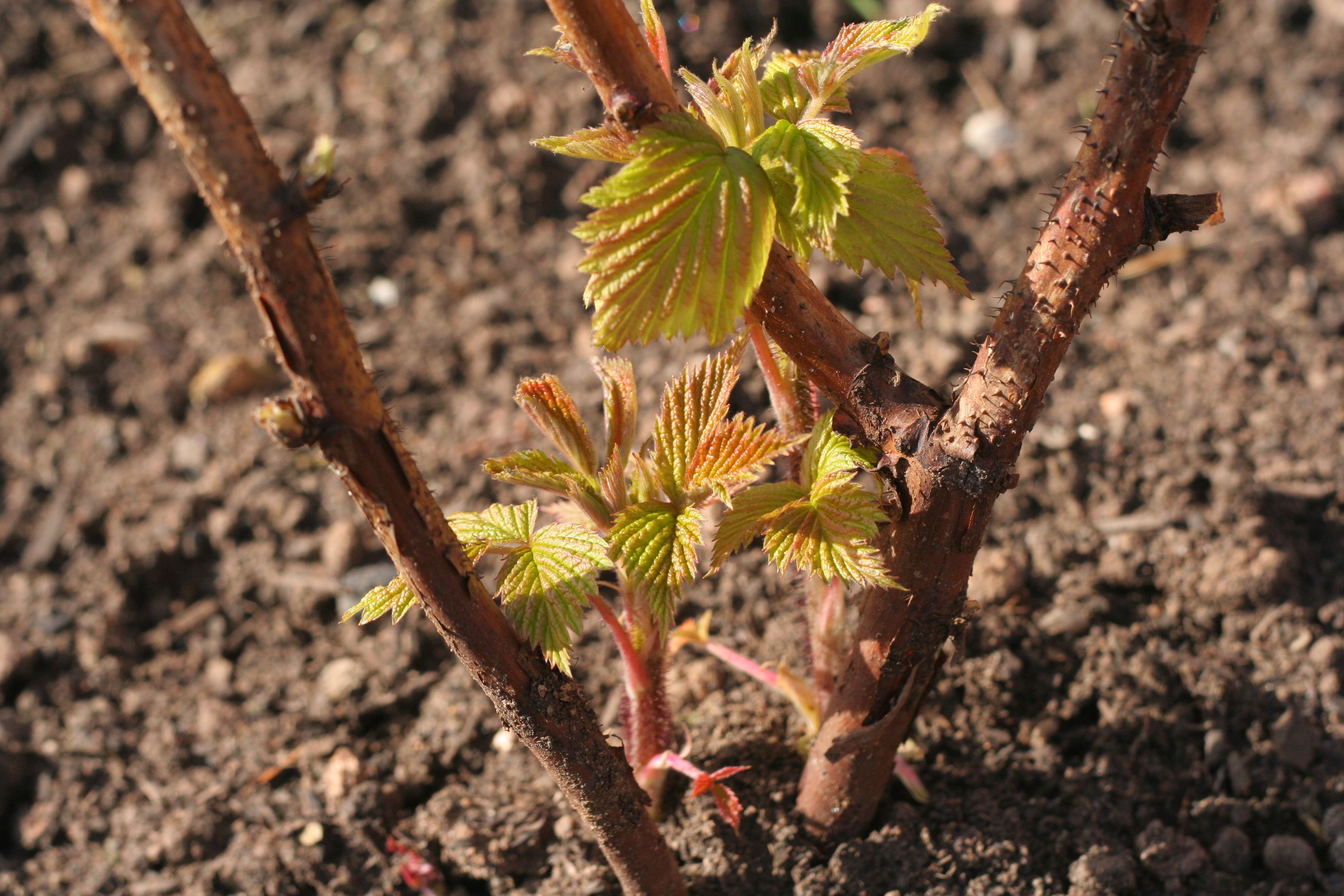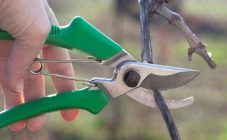Content:
- Biological features of raspberries
- Goals and objectives of spring raspberry pruning
- Dates of spring pruning
- Spring pruning of remontant varieties
- Spring pruning of standard varieties
- Spring Raspberry Pruning Techniques
- Generalized spring pruning algorithm for raspberries
- Raspberry care after spring pruning
Several bushes of raspberry can be seen in any garden area. The phrase “We have our own raspberries” sounds no less proud than “our own potatoes” or other garden crops grown with our own hands. If the raspberries are properly cared for throughout the spring-autumn season, then the raspberries will thank their owners not only with a handful of delicious berries, but also with several jars of healthy jam. Pruning raspberries in the spring belongs to the category of those obligatory agrotechnical measures that will prepare raspberry bushes for fruiting and will allow you to achieve a good berry harvest.
Biological features of raspberries
The much needed pruning of raspberries in the spring and autumn seasons is due to the biological and morphological characteristics of this plant. Raspberry is a perennial berry dwarf shrub with a productive period of 10-12 years. However, if the root system is perennial, then the aboveground part, represented by numerous shoots up to 2-3 meters in height, lives within a two-year cycle of growth and development. After fruiting, two-year-old branches dry out and die off.
In fig. above is a photo of "my" raspberries, carefully grown in the garden.
The two-year development cycle for raspberry shoots is presented as follows:
- first year - active growth, branching, accumulation of nutrients for the formation of fruit formations;
- the second year - fruiting and dying off.
In fig. below shows the structure of a raspberry bush:
- pos. 1 - rhizome;
- pos. 2 - roots;
- pos. 3 - root offspring;
- pos. 4 - one-year non-fruiting replacement shoot;
- pos. 5 - a two-year-old fruiting stem.
Rhizome (pos. 1) is the main organ providing long-term existence, development and reproduction of the raspberry bush.
The aerial part of the raspberry tree is represented by shoots that live only two years.
These include:
- Annual shoots, which are of two types:
- Root offspring (pos. 3), coming from the roots (pos. 2) of the mother bush. In the future, they will become independent plants, develop their own rhizome and root system. The offspring are used as planting material, they are either dug out or cut off;
- Replacement shoots (pos. 4) growing from dormant buds located in the ground at the base of a two-year-old shoot on the rhizome. Replacement shoots are a biological substitute for a dead two-year-old stem that has been bearing fruit.
- Biennial shoots (pos. 5), on which berries are formed.
During their development, annual shoots begin to grow in spring and grow until the end of August. By this time, their stems from soft green twigs become hard woody. Fruit buds are laid on them. In the early spring of the second year of life, the buds swell, from which fruit branches begin to grow, on which berries are formed. After fruiting, these shoots begin to dry out and completely die off by the end of summer. They were replaced by shoots throughout the summer, the turn of which will come to bear fruit the next year.
Goals and objectives of spring raspberry pruning
It would be a mistake to believe that from a densely overgrown raspberry tree with high two-meter stems, it will be possible to get more berries than from small but well-groomed bushes. Raspberry only externally gives the impression of an unpretentious plant, but in reality it requires a lot of attention to itself. In order for the raspberry bushes from year to year to please the owner with a bountiful harvest, the gardener must regularly water and feed the raspberry planting in a timely manner, not forgetting to do periodic seasonal pruning of the shoots. A properly cut raspberry tree gives many times more berries than impassable thorny thickets.
The picture below shows the working moment of pruning a dead stem of a raspberry bush.
Spring pruning of raspberry bushes has the following goals:
- carrying out the correct formation of a raspberry bush;
- shrub preparation for the fruiting period;
- ensuring maximum fruiting.
Bush formation
When forming a bush, the following activities are performed:
- Young shoots are removed, since plants spend a lot of life juices, nutrients and energy for its growth. By removing unnecessary young shoots that have emerged from the root system, it is possible to prevent unnecessary shoots from overgrowing the bush and redirect its vital resources to the ripening of fruits;
- Remove branches that have broken and frozen over the winter;
- Sanitary removal of stems damaged by pests and affected by diseases is carried out;
- Remove excess fertile and dried stems;
- Shorten the shoots left for fruiting to the desired height;
- The stems that are best in appearance are selected, giving, in general, a decent well-groomed appearance to the entire raspberry plant.
When a bush is formed, its necessary thinning occurs, otherwise numerous stems, twigs and leaves will close the ripening fruits access to sunlight and a full flow of air. Optimal ventilation of all plant elements of the shrub is crucial for its growth and development, and ripe berries will be more accessible and easier to pick.
In fig. below are raspberry branches after spring pruning.
Shrub preparation for the fruiting period
Thanks to spring pruning, the following positive factors have been achieved that contribute to active fruiting:
- the bush is cleared of unnecessary shoots;
- suspended vertical growth of the plant;
- nutrients are redirected to future berries;
- improved plant nutrition;
- the growth of the bush is stimulated.
Ensuring maximum fruiting
After the spring pruning procedure, 12-16 shoots remain on each meter of planting, which are accepted in the practice of gardeners as the optimum for maximum yield. The bushes receive good lighting and ventilation, which has a positive effect on the number of ripe large conditioned berries.
Dates of spring pruning
Spring pruning of raspberries is intended to prepare the bush for the growing season, forcing the plant to redirect the movement of internal life-giving juices to future fruits. Therefore, it is necessary to cut the stems before the time when nature "starts" vegetative processes.You can start pruning immediately after the winter snow has melted, when the frost has already receded and the soil begins to warm up. The night temperature should not drop too low, and there should be no frozen areas in the soil.
The timing of spring pruning depends on the weather region in which the raspberries are grown. For the southern regions, pruning begins in early March, in the northern regions it is carried out already in May. In the Urals, the optimal time for pruning raspberries is the month of June, because it is necessary to wait until the buds begin to bloom. With earlier pruning, it is difficult to distinguish live tops from frozen ones. Late pruning negatively affects the development of the plant, it will not have time to prepare for the upcoming winter season and will freeze on cold days in autumn or winter.
In fig. below is a raspberry bush in winter.
Spring pruning of remontant varieties
In relation to raspberries, remontant means continuous flowering and fruiting (from the French remontant - to rise again, bloom again) throughout the entire vegetative period. Remontant varieties differ from ordinary raspberry varieties in that after the first berries the plant blooms and bears fruit again, which ensures continuous fruiting of the raspberry bush.
Repaired raspberries give two crops per season:
- the first harvest is on last year's shoots;
- subsequent harvest - on young branches that have grown over the summer.
In fig. below is a branch of a remontant raspberry of the Bryansk Divo variety with berries of varying ripeness.
The cycle of growth, branching and fruiting of remontant varieties is one-year, and not two-year, as in ordinary raspberries, therefore pruning remontant raspberries has its own seasonal characteristics and purpose:
- Autumn pruning (October-November) consists in removing all annual shoots without exception after harvest, which has a positive effect on the future harvest;
- Spring pruning is in the nature of planned sanitization of bushes, during which diseased and dead stems are removed. The remaining healthy shoots are gaining strength for seasonal fruiting.
Spring pruning of standard varieties
The standard (from German Stamm - trunk) raspberries include a group of varieties that look like upright trees with thick, shovel-sized trunks, 1.7-2.0 m high.The most popular varieties are Tarusa and Skazka, commonly called raspberry trees. The method for pruning raspberries in the spring for standard raspberries is somewhat different from the methods generally accepted for ordinary raspberries. In addition to the sanitary pruning standard for any type of raspberry tree, spring pruning forms the crown of the raspberry tree. To do this, in May, the shoots must be shortened by 5-10 cm, awakening the buds in the axils of the upper leaves. The stem begins to grow not in height, but to the sides due to actively growing lateral branches. At the end of May, the lateral branches are already shortened, which after this procedure will also begin to branch, as a result of which a lush branched crown is formed, on which a rich harvest grows.
In fig. below are the bushes of the Tarusa variety. The photo focuses on the tree-like stems of the standard raspberry bush.
Spring Raspberry Pruning Techniques
The choice of method, how to prune raspberries in the spring, depends on its variety and the number of fruiting during one season.
- In the case of single fruiting, traditional spring pruning is used, which is performed in the following order:
- remove weak, diseased and dry branches;
- in frozen stems, the top is cut to the nearest healthy bud;
- the number of annual shoots is thinned to 5-8 stems per bush;
- the length of the remaining stems is shortened to 120-150 cm.
- A variation of traditional spring pruning is a method that extends the fruiting period of common raspberries for a longer period. The gardener needs to carefully look at the length of the branches and choose which of the stems to shorten to the desired height.
All raspberry shoots are divided into four parts and shortened to different heights:
- the tops of the shoots of the first group are cut by 10-15 cm so that they are the first to start bearing fruit;
- shoots of the second group are shortened by 20-30 cm;
- shoots of the third group are cut to half their height;
- the rest of the stems are cut almost to the ground, leaving 3 cm in height, they will be the last to bear fruit.
Ripening of berries will proceed in the sequence according to which the raspberry bushes were cut.
- Double cropping method according to A.G. Sobolev, according to which the first pruning of shrubs is carried out at the end of May, and the second - in the spring of next year. According to this technique, the following positive aspects are achieved:
- the shrub throws out more peduncles per growing season (accordingly, more berries ripen);
- fruiting period is extended until the autumn months.
In fig. below, dry and diseased shoots are highlighted, which are removed during spring pruning (marked with a cross in the picture), and green stems that are left (they are ticked).
Generalized spring pruning algorithm for raspberries
Regardless of the variety and type of raspberry, the spring pruning process fits into a generalized algorithm, which can be presented in the form of a step-by-step detailed lesson:
- To start the pruning procedure, you need to wait for the days when the buds swell or bloom, so as not to confuse them with dry, non-viable;
- Cut dry and diseased stems under the root:
- Dry branches - black or gray, break with a crunch;
- In diseased branches - an abundance of growths, cracks, seals.
- Leave only the healthy, flexible shoots you want. They are bright brown, at the base they are at least 1 cm in diameter;
- Cut off the tops, frozen and with old berries, to the first healthy bud;
- Carefully pick off last year's leaves, collect fallen leaves from under the bushes;
- Take the cut branches and collected foliage outside the raspberry tree and be sure to burn.
Raspberry care after spring pruning
After spring pruning, the following activities must be carried out:
- feeding shrubs;
- disinfection of treated shoots;
- tying up growing bushes;
- soil mulching;
- regular watering, especially if the spring is dry.
Pruning raspberry bushes in spring is essential for gardeners who want to get a rich harvest of large berries. Given to the mercy of nature, the bushes will not be able to grow large raspberries without appropriate pruning, and old dried-up stems will interfere with the development of young shoots.
In fig. Shown below is a handful of lovely raspberries.
